|
Tree stump removal typically involves removing the visible portion of the tree trunk that is left behind after the tree has been cut down. This usually includes the main trunk and any larger branches that may be attached to it. Depending on the method used to remove the stump, it may also include some or all of the roots that were supporting the tree.
If you want to remove all of the roots as well, you will likely need to hire a professional tree service or use specialized equipment. This can be a more involved and time-consuming process, and it may also be more costly. It is important to consider the potential impact on the surrounding landscape and any underground utilities before attempting to remove tree roots. If you are just looking to remove the visible portion of the stump, there are several methods you can use, including grinding, digging, or using chemical stump removers. Each of these methods has its own advantages and disadvantages, and it is important to carefully consider which method is best suited for your needs. What is involved in tree stump grinding? Tree stump grinding involves using a specialized machine to grind the stump of a tree into wood chips. This is usually done after the tree has been cut down and the main trunk and branches have been removed. The process can be used to remove stumps of any size, from small shrubs to large trees. To begin the process, the area around the stump is cleared of any debris or obstructions. The grinding machine, which consists of a rotating cutting wheel with sharp teeth, is then positioned over the stump. The operator starts the machine and begins grinding the stump into wood chips, working from the top of the stump down to ground level. The wood chips are usually left on site to be used as mulch or disposed of. Stump grinding can be an effective way to remove tree stumps, but it can also be labor-intensive and time-consuming. It is important to consider the size and location of the stump, as well as any potential hazards or obstacles, when deciding whether or not to use this method. Professional tree services are usually equipped with the necessary equipment and expertise to handle stump grinding safely and efficiently. What is involved in using chemical stump removers? Chemical stump removers are products that are applied to the stump of a tree in order to accelerate the decomposition process. These products usually contain one or more chemicals that are designed to break down the wood fibers in the stump, making it easier to remove. To use a chemical stump remover, you will first need to clear any debris or obstructions from the area around the stump. Next, you will need to follow the manufacturer's instructions for applying the product to the stump. This usually involves applying the chemical directly to the surface of the stump using a brush, sprayer, or other applicator. After applying the chemical, you will need to wait for it to take effect. The length of time required will depend on the specific product you are using and the size of the stump. Once the chemical has had a chance to work, you should be able to remove the stump more easily by pulling, digging, or using a stump grinder. It is important to follow the manufacturer's instructions carefully when using chemical stump removers, as these products can be hazardous if not used properly. You should also be aware that chemical stump removers may not be effective on all types of stumps, and they may not work as quickly as other methods. Additionally, these products can have negative impacts on the environment and should be used with caution.
4 Comments
Introduction
If you want you to become beautiful and give a beautiful view permanently, you have to trim the trees in your yard regularly. Because making and enhancing trees look more and more aesthetically pleasing, trimming is essential. Trimming contains the removal of diseases full, unhealthy, and dead broken limbs that cause serious hazards. If you are entirely unaware of the tree trimming cost, we can give you all the information. Trimming of the tree is costly or not depend upon some of the fundamental factors. Based on these factors, you may decide to hire a professional or do it yourself. Tree Trimming Cost And Size The tree's size is one of the significant impacts of trimming out the tree; size depends on the payment or total amount you paid for it. It is a general formula that taller the tree high you have cost, smaller the treeless the cost. Large and tall trees contain more branches and take a lot of time to trim out rather than a tiny piece of tree. If you have a tree shorter 30 feet or a max of 30 feet as a Russian olive tree, it will cost you around $75-$450. On the other hand, if your tree is moved from 30 feet to 60 feet or roundabout, its cost is high and starts from $150 and ends at the $875 maximum. Now there is another category of the tree which taller 60 feet then for this you should expect to pay $200-$1000. Some Extra Costs for Trimming for Professional Companies Most tree trimming services pay according to hours schedule like you have to pay $250 for per hour. These services only use full for the emergency tree trimming or pruning for the tree's broken or dead limbs to be cleared from the large area. However, for those companies, you may pay for work approximately $1000. However, if the companies haven't any truck and climb over the tree then it will push you up to $1500. As many factors also depend upon the cost of professional companies.
Conclusion Here are some of the main facts regarding the tree trimming cost. No doubt hiring a professional one is a little costly but think they are well-experience and do whatever you say. However, if you want to do yourself, you must have proper tools and a little bit of knowledge. People are now wondering about the article that gives you complete information about the cost of tree removal. First of all, keep in mind that there are a variety of tree types since the cost of tree removal depends upon the type and size of a tree. So the only two things which give you complete info about the cost of tree one is the complexity of the job and the other is the height of the tree. Basically, the average rate on which tree removes is from $150 to $1500, while some of the other tree services may cost extra. It depends upon several factors, for example, the range for stump removing is $60-$350 and others.
Basics for Tree Removing Services There are levels of services available for the tree removing however few basic pieces are usually included. It is clear cut that tree will need to chop down properly and for this contractor must have to climb with the help of rope. Then he has to cut out the trees from several sides into a more manageable size. All hard work depends on the contractor's moods and the money you pay for this work. Cost of Tree Removing Here are the three categories in which your cost may spend for removing the trees. Mostly all the contractors based on these three categories of the tree for removing it and cost according to this. 1. Large Tree There is no most straightforward way to remove the colossal height one tree from your garden or lawn. As it is much risky and for your own safety you defiantly don't do this job yourself. This is one of the expensive and costly tree services as we talk previously that cost depends only on the size of trees. However, if the workers have to climb over the tree and so high for chopping down many pieces, it costs big. In simple, we can say that the more the tall tree, the more you pay for it. So usually these kinds of big trees offer you to give $1500 or more for this kind of service. 2. Falling Tree Removal Here is another type of tree removal. Sometimes, due to storm or strong wind, it may be tree falls on your property. In this case, you want to clear it in time and as quickly as possible. As you know that this job is no risky or injures you; just need proper tools are you are OK with it. But if you want a tree service for this then have good news, it cost very little. You just paid in between $75-$150 for the work. Now further its depend on you that you make the pieces and chopped all out. Conclusion These are the main facts and the categories on which you may pay for the removal of the tree. Tree removal is more comfortable for the services candidates. Still, they paid according to their work as it is not much easy. If you like to read out, share it with your friends and family for the knowledge. The selection of a tree requires understanding the criterias involved such as the tree's intended function, geographic zones, hardiness zones, location, and common pests. Tree selection and placement are two of the most important decisions a homeowner makes when landscaping because many trees have the potential to outlive those who plant them. The decision has a lasting legacy so matching the tree to the site should be carefully considered. What Kind Of Tree Should I Plant? These are the factors to consider before making this decision:
Beautiful mature trees increase property values as well as providing many other benefits to the homeowner so deciding on the function of the tree is crucial. A deciduous shade tree that will lose it's leaves in the fall, serves a dual purpose of summer cooling shade but also allow for the sun to warm a home in the winter. An ornamental tree will have beautiful flowers, aesthetics, or fruit. A fruit bearing tree can be a source of food every year for the homeowner. Evergreens are ideal for privacy or windbreaks due to their dense year round foliage. Street trees improve the appearance of the neighborhood, reduce runoff, filter out pollutants, and improve air quality. Form and Size of the Tree: A basic tenet in architecture and nature is form follows function. Selecting the right form or shape to match the desired function can significantly increase the tree’s value in the landscape. The size and maturity of a tree is in direct relationship to the return on benefits. Larger trees typically provide the greatest economic and environmental returns so depending on site restrictions will determine your options. If there are overhead utility lines, a low spreading tree can be selected. A narrow, columnar evergreen may provide a screen between two buildings. Large, vase-shaped trees can create an arbor over a driveway or city street. Site Conditions: Selecting a tree that will thrive in a given set of site conditions is the key to long-term tree survival and reduced maintenance.
In dense urban areas and new subdivisions, most trees will not survive because the soil is often disturbed, shallow, compacted, and subject to drought. Soil samples can be taken for fertility, texture, salinity, and pH to determine which trees are best suited and to plan recommendations for improving the soil conditions. Drainage: Poor drainage limits oxygen to the tree roots which will ultimately kill the tree. If there are any issues with drainage, this must be corrected otherwise it is a lost cause. Exposure To Sunlight: The amount of sunlight available at the location is a primary factor in tree selection because different species have different requirements for light and shade. Most woody plants require full sunlight for proper growth and flowering while others do well in light shade. Wind exposure is also a consideration because it can dry out soils, damage tree crowns, and uproot newly planted trees. Therefore, young trees will require special maintenance, such as more frequent watering, and bracing or cabling on windy sites. Hardiness: The definition of hardiness is the plant’s ability to survive in the extreme temperatures of the particular geographic region in which you are planting the tree. The categories are cold hardy, heat tolerant, or both. You must match your region with the plant to make sure it will be able to survive the temperature extremes in your area. Limitations Of The Space: Many different factors can limit the space available to the tree: overhead or underground utilities, pavement, buildings, other trees, visibility. Selecting the right location to allow the tree to grow to maturity might require some visualization and forward thinking. Pests: Every plant has its particular pest problems which can vary in severity by region. By selecting trees resistant to those pest problems specific to your area, you will give the tree a better chance of survival. Human Activity: The top 5 causes of tree deaths is from things people do such as soil compaction, over or under watering, vandalism, or the most common which is planting the wrong tree. Species Selection: By taking into the factors discussed, you can ensure the tree you plant will mature into its full potential. The beautiful, mature specimen trees you see in historic neighborhoods and in landscape photography would never have reached their full potential if planted in improperly matched sites. After being dormant through snowstorms, rain showers and all other elements during wintertime; trees wake up once springtime kicks into full gear. Once consistently warm temperatures arrive, trees bloom and caring for them becomes so much easier. Here are a few things to take notice of trees in springtime. This is the easiest time to spot dead or broken branches because the leaves are coming out. The dead branches will stand out obviously because there are no buds or leaves. The canopy hasn't matured so spotting a dead branch will fairly easy at this time.
When Will Trees Start Blooming? Different parts of the country will have variations, but generally when warm temperatures start to appear consistently. You should notice your trees responding to the sunshine and increased light duration. The longer days means more sun exposure allowing for more growth. The leaves can make more chlorophyll using sunlight and carbon dioxide to create carbohydrates which provides the nutrients for growth. How To Tell Your Tree Has Come Out Of Dormancy It seems pretty obvious, but you can tell how your tree has responded to temperature changes if it has started to grow new leaves or has flowers. The winter period of dormancy is designed for the tree to survive adverse conditions. So when warmer temperatures come around, the tree's enzymes and hormones kick in to promote growth. Different varieties of trees bloom at slightly different time frames. For example, Willow trees and Birch trees may bloom early while Oak trees and Elms will bloom later in the Spring. As long as they are green on the inside, they are fine. What To Do To Maintain Them Inspect your tree for any damage or diseased branches and make sure to prune them or cable them to reduce stress damage. Add mulch to conserve soil moisture and keep weeds from taking over. Apply a slow release fertilizer to replace nutrients and improve resistance from diseases insects, and the elements. Time To Check Your Roofline This is also a time to check for tree limb clearance along your roofline because with the new foliage coming in, it will weigh down the branches. Over time, the constant pressure can cause a lot of damage and simple fix like pruning the branches can become something very expensive. The shingles can be worn and cause moisture damage. Why risk a roof repair when having tree trimming professionals handle it for a fraction of the cost. Stinging Insects Love To Nest In Palm Trees For whatever reason, wasps, hornets, and other stinging bugs love to make their nests in dead palm fronds. Stirring up a hornet's nest before lunch time can be a rather comical sight to watch but no one likes to be the one having to deal with them. So the best time to trim palm trees is also in the Spring so your family and kids can be safe in the yard from any stinging insect nests. Spring Is The Best Time To Fertilize The best time to fertilize your trees is in the Spring since you will be boosting the natural cycle of growth. Don't wait till the summer heat stresses them, prepare them ahead of time for any potential droughts. If you wait till summer, they may not make it. Learn more about trees and how to maintain them regardless of the season with Texas Shade Tree Service, providing all your needs to help keep your tree looking healthy and beautiful. Contact us today for a quote on tree planting, tree trimming, tree removal, or if you’re simply looking for more info on tree maintenance. There are two options you have to remove stumps from your property. If you want to do it yourself, you rent a stump grinder or you can hire a local company to come out and do it for you. For most people, if they do it themselves, renting a small stump grinder will not cost that much for the day. However if you’re not a professional and you have multiple or large stumps, then it's probably best to leave it to the professionals.
Stump Grinding Costs Most homeowners don't want a stump sticking out of the ground after tree removal. Not only is it ugly but it is tedious to mow around it all the time. There are a number of ways to remove a stump, but grinding it is the preferred way. Prices vary depending if you hire a professional tree service company or you do it yourself. Should You Rent Or Buy A Tree Stump Grinder? Your options if you do the work yourself is to rent a tree stump grinder or buy one.Your choice will make more sense depending on how often you need a grinder. If it's a one time deal, then renting makes more economic sense while if you plan on providing a professional service, then figuring out how many jobs it takes to make it worth your while to buy a tree stump grinder. Once it’s paid for itself, then each additional job will be a net profit minus any maintenance issues that arise. Renting a grinder costs between $150-$200 per day so most homeowners choose this route. Professionals either buy a grinder if they have enough work or sub-subcontract it when the jobs come up. Things To Consider When Buying A Stump Grinder If you are renting a stump grinder, you just need something that gets the job done. If you’re going to buy one however, it's important that it has all the available features you want. Things to consider when buying include:
If you decide to hire a company to grind your stumps for you, you should call around and ask questions to guage their experience. Different companies charge different rates, and you can save a lot by doing some price shopping. For example:
Knowing the basics about tree trimming and pruning trees, you may be able to handle most of this work yourself. There are a variety of tips and techniques pruning cut that can help keep the trees in excellent shape. With proper knowledge and equipment, you can prune your trees as necessary to maintain their appearance and health and eliminate potentially dangerous dead branches and other common problems. There are a many techniques out there but it is best to stay with the basics. If you want to make it as easy as possible, hiring a professional is the way to go. This article will help you make an educated decision. Reasons To Trim/Prune A Tree: Safety, Aesthetics, Health Safety: Dead or broken branches and limbs can fall off at any time which is a serious safety hazard. If a the tree branches obstruct your vision while driving, this is a dangerous situation if you have kids that play in the yard. They should be trimmed away immediately. Finally, tree limbs and branches occasionally grow too close to utility lines which can be a life-threatening situation. You should contact the utility company to handle such issues since they have teams to respond to this. Aesthetics: Pruning a tree to an unnatural shape or size can seriously damage it. Aesthetics should be taken into account to maintain a more natural shape and appearance. This will allow the tree to maximize its growth and health. Health: Pruning away infected branches and limbs can save a tree in the long run. Thinning the crown of a tree improves airflow, which can be very beneficial. If branches are contacting each other, they should be trimmed, or removed so that they don’t fall unexpectedly. General Tree Trimming Tips
Tree Pruning Tips
These tips will help you with pruning and tree trimming maintenance. Crown Thinning
When it's time to make sure your trees are safely maintained around utility lines, there are many Killeen tree trimming companies that can handle that. Overgrown trees and foliage can cause many dangers if they are overhanging near high voltage power lines. This should never be handled by an untrained professional even though some homeowners will attempt it without understanding how extremely dangerous this is. Professional tree service companies in the Killeen area are equipped to provide the care and maintenance in a safe manner.
It is recommended to consult a tree service company to see if the city should be contacted in certain situations. Utility companies have specialists who can be dispatched to various locations to address these issues. Many neighborhoods have strict guidelines and HOAs that issue daily fines for excessive trash whether it is from leaves or branches. That's why our tree care services can alleviate this issue by keeping your property trim and orderly. If you have a situation where your trees are dangerously close to high-voltage power lines or near other areas that might cause a problem, always contact a tree service in Killeen. Having trained professionals that are well equipped to handle the job can give you peace of mind. Not only do they provide on-site service that is comprehensive but they will also ensure that preventative measures are taken to avoid any potential hazards. They can assess your property to see if their are weak branches that can become dangerous flying projectiles in a storm. Ensuring your landscaping is well maintained and prepared for the bad weather can save you a lot of headaches and money in repairs down the road. Contact us today for your Killeen tree service needs and see how we can help you maintain a safe and beautiful landscaped environment. ow do you know when a tree should be removed? Some of the ways you can tell can be obvious such as if the tree is completely dead. This becomes a safety issue if the branches and limbs start to fall off. There is also a risk that the whole tree could fall also endangering your family, pets, or property. But what about trees that are still struggling? Sometimes they can recover and a lot of homeowners want to give them a chance but a partially dead tree can still be dangerous. Some of the factors to consider before making a decision are: How close is the tree to living spaces? The first consideration should always be the life and physical integrity. Does this tree threaten sidewalks, road, or perhaps a backyard where children can play? Is it dangerously close to housing, leaning perhaps to a bedroom or rear deck that is often busy? These are areas that you do not just want to have a tree injury that requires a visit to the hospital. According to some studies, up to 150 people a year are killed by falling trees or branches, and there is no real data on the number of injuries there. If there is a real risk for people, cut it! Another consideration is the potential legal liability as the homeowner for the safety of all your guests. How much will it cost to treat and/or medicate versus replacing the tree? This can be hard to quantify because everyone has their own ideas about what should be a good replacement. A small seedling may cost only $ 10, but a large sapling could cost you $ 1000 or more depending on the species and size. In addition, some diseases are easily treated with water and nutrients, but for many applications and diseases, it can be costly and require years of treatment to be effective. It is best to get a professional consultation with a certified arborist to get a full understanding of the effectiveness and cost of saving a tree before spending your hard earned money on what may be a lost cause. You can also consider replacing with a more resistant species as a better solution in the long term, dependent on the initial cause of the decline of the tree. Ultimately, the decision is yours. It can be difficult to put a price on a heritage tree. Be realistic about a tree's chance of recovery. Most trees will not recover from damage anywhere between 25%-50% irregardless if its from a lightning strike, wind damage, nutrient deficiencies, or decline from drought. If disease is the cause, as little as 15% cover loss can mean irreversible decline of many species of trees. Knowing the cause is key to making this assessment. Maybe the tree is just water stressed and dropped its leaves early to protect themselves. It is better to have an arborist give you a diagnostic report and be able to make an informed decision with facts in hand to save money in the long run. Don't take bad advice.
Everyone will have an opinion and they will try to give you advice such as just give it some Miracle Grow and water it, but that may not be appropriate. There are thousands of tree species and sometimes dozens of sub-groups and hybrids within a species, unless they are a certified arborist and familiar with the kinds of trees in your area, it might as well be just a guess. Even professionals often need to send off soil or leaf samples to specify exactly the nature of what is causing a decline in a tree. Give us our arborists a call and save yourself a headache.. Think of the future. Remember there is a good chance that most of the trees on your property will outlive you. If a tree is in decline, the faster you replace it, the earlier a healthy and well maintained tree can beautify the same area. Instead of dwelling about the end of the life of a tree, think about the early life of a new tree. A life that can probably continue for centuries! As the oven like Texas summer nears, Central Texas begins to dry. This year, the lack of rain was not a problem and trees and lawns have been looking pretty good so far compared to previous years.
It may be however that the rain has passed us for a bit and we'll have to keep an eye out for water stress in our trees and shrubs. Residents with sprinkler systems throughout their yard often rely on this type of irrigation system to keep not only their grass, but the trees irrigated as well. This is why it is a a wrong assumption: 1. Water is only soaking the top inch of soil. Lawn irrigation systems are designed for managing the grass, but does not take into account established trees. If the length of time in the system for watering each zone is less than 20 minutes, then it is unlikely to achieve saturation of the deepest roots of the trees. 2. The discharge head may not even be covering the root zone of the tree. This is more likely to occur in larger yards. Ensure your system coverage is adequate to cover the drip line of the tree canopy. 3. In direct irrigation systems the soaking heads can be blocked or disconnected. This is the first thing to check if you know that your system has worked well in the past but now the tree is looking wilted. If you have issues, it may be best to call one or our experienced arborists for a firm diagnosis. 4. Check overwatering. Another issue that can be counterintuitive is overwatering. Strangely, overwatering can have the same symptoms as drought. With the exception of the species of trees growing in the marshes, most of the trees that sit in a mire begin to rot from the bottom up. One of the first signs people notice is a wilted appearance, affected by drought leaves. Most times, people worsen the problem by increasing the irrigation under a false impression of what the problem is. It may require partial excavation of the soil to determine the moisture level under a tree. If the tree in question is in an area that is low or an area with poor drainage, be sure to check before applying more water. Texas Shade Tree Service is committed to helping Killeen trees in any way we can. If you have a tree that may have a health problem, give us a call and schedule an appointment with one of our experienced staff. Sometimes water stress can be the trigger that initiates a chain of mishaps that can lead to the loss of a tree. If detected early, however, a surprising number of treatments are available to mitigate such loss. |
AuthorThe author is a digital nomad with a degree in biology. He is based where the wanderlust takes him. Archives
December 2022
Categories |

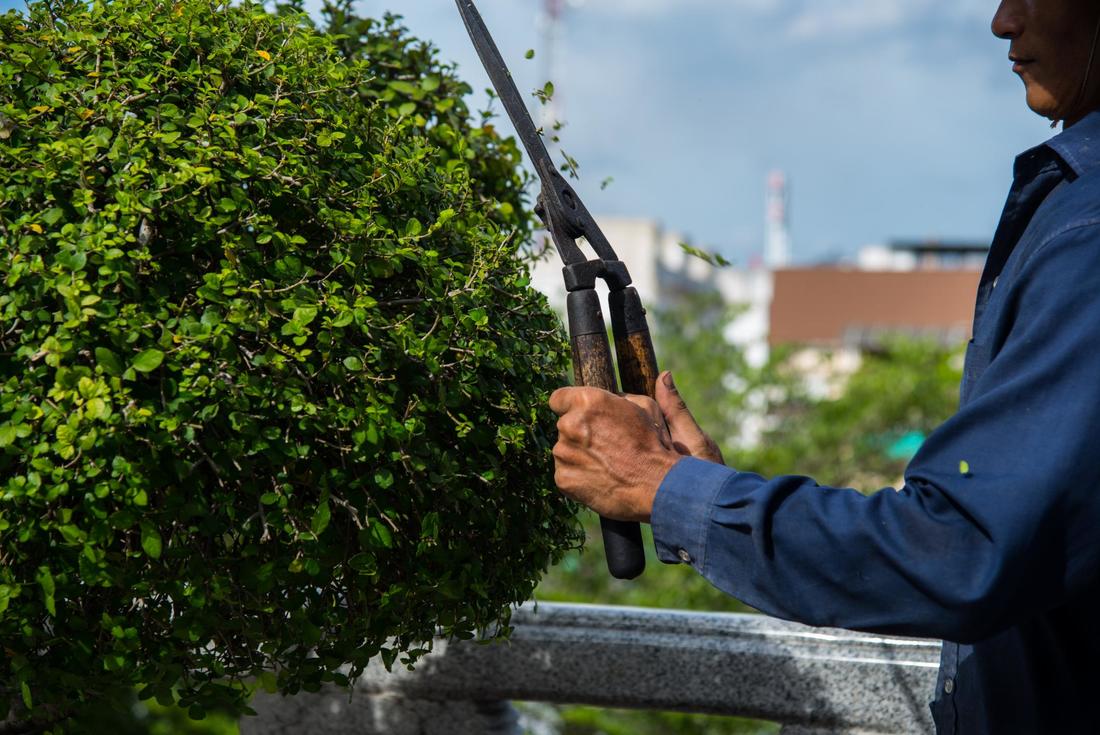
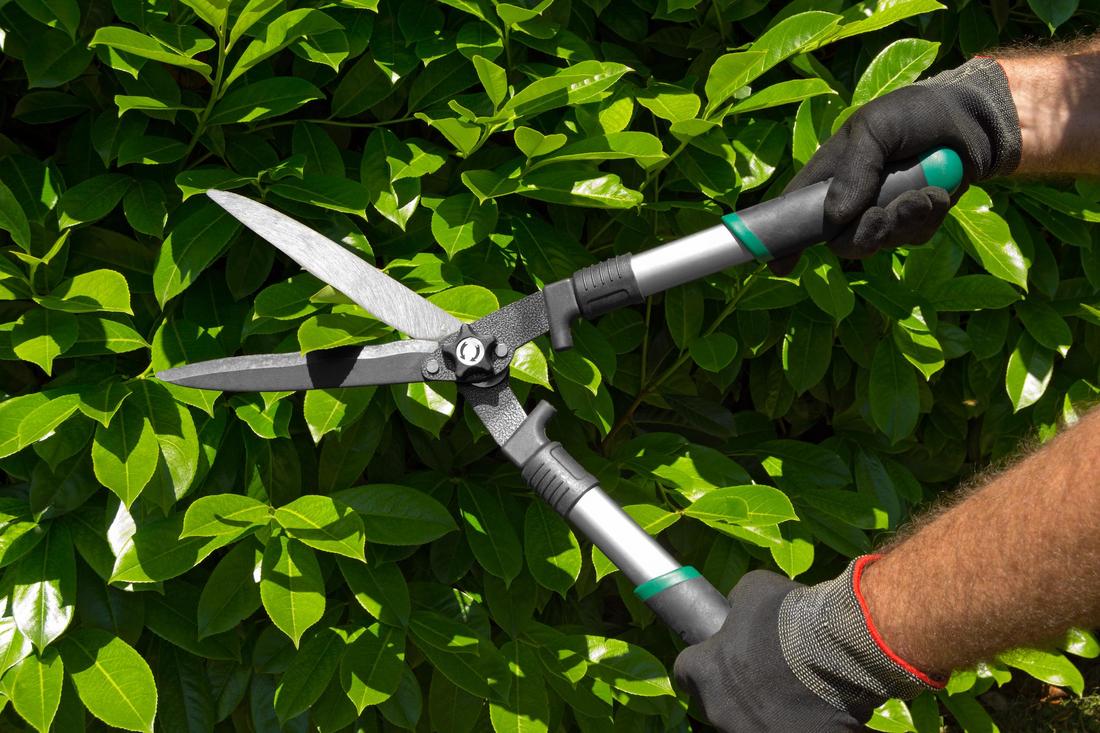


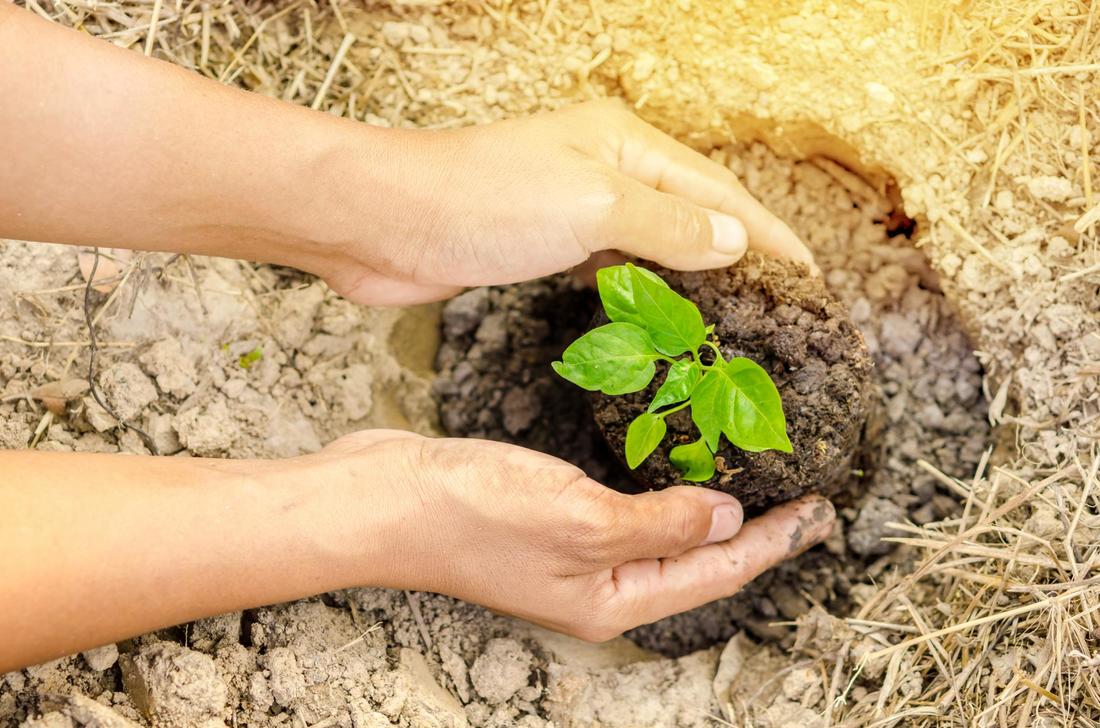

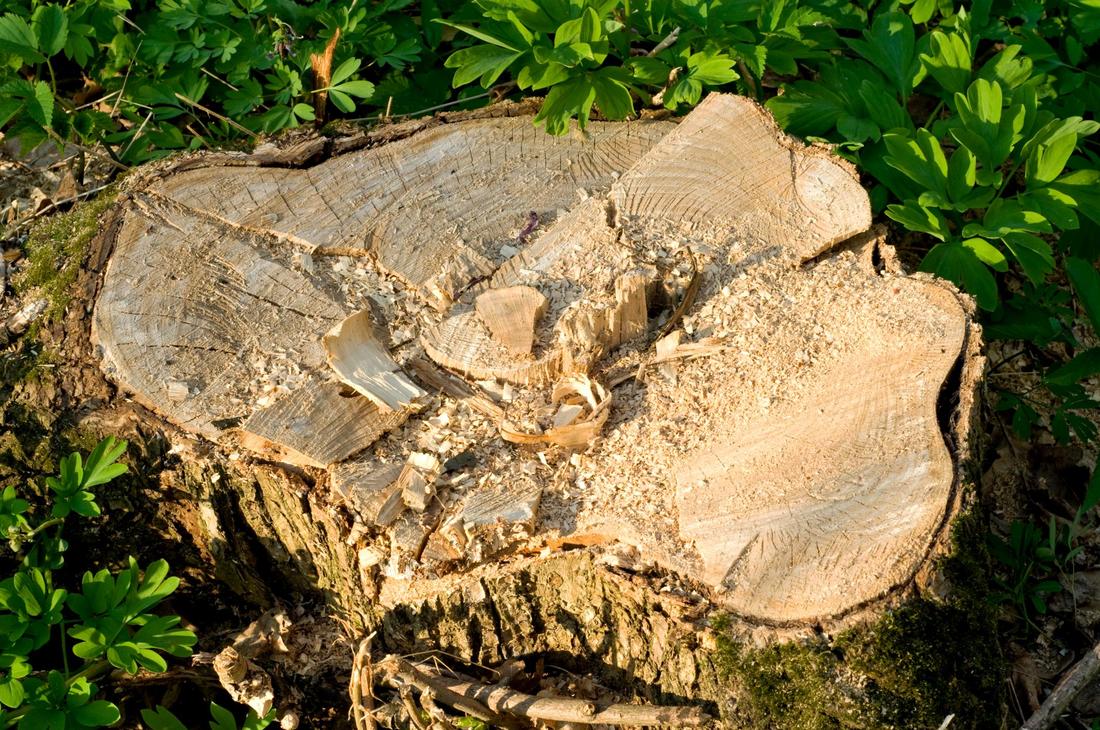



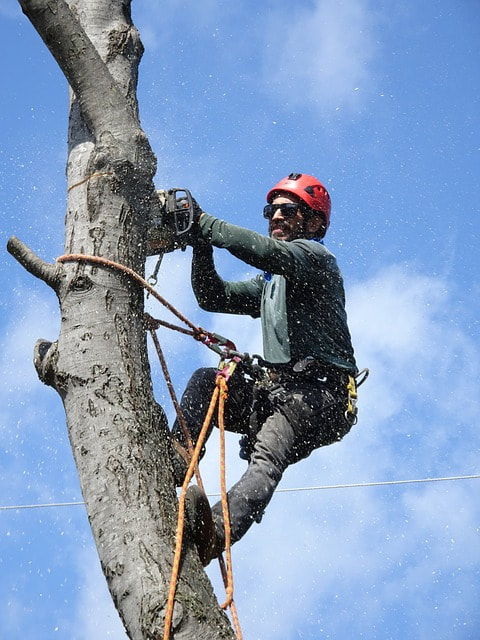
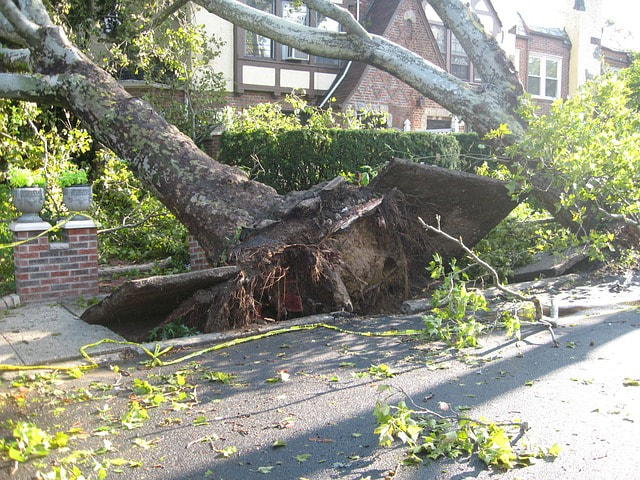
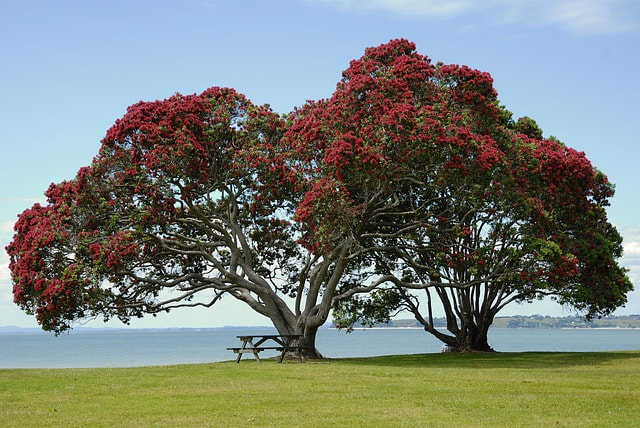
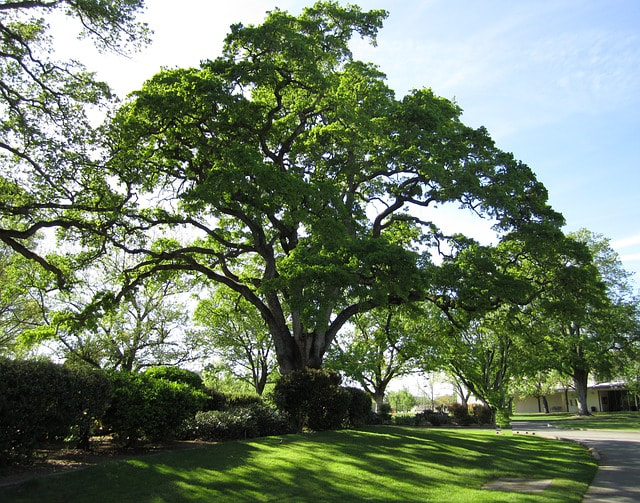
 RSS Feed
RSS Feed